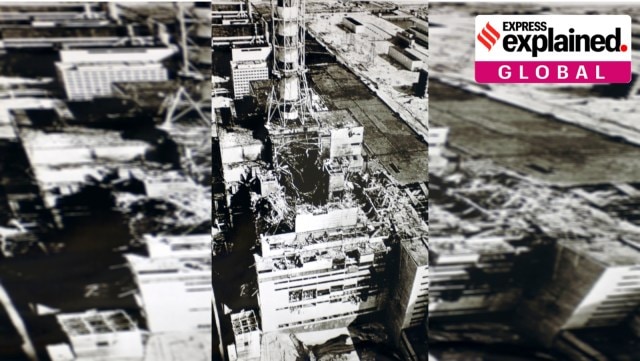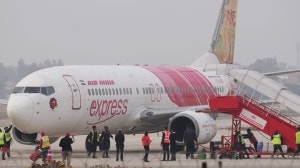- India
- International
Looking back at the Chernobyl disaster, 38 years later: Who was responsible?
In 1986, Reactor 4 of the Chernobyl Nuclear Power Plant exploded, causing one of the worst nuclear disasters of all time. Till date, scholars debate around who exactly was to blame.
 Aftermath of mishap at Chernobyl. (Wikimedia Commons)
Aftermath of mishap at Chernobyl. (Wikimedia Commons)In the early hours of April 26, 1986, as the city of Chernobyl slept, Reactor 4 of its nuclear power plant exploded, causing arguably the worst nuclear disaster of all time.
According to the International Atomic Energy Agency, the initial explosion killed two workers, with 28 firemen and emergency clean-up workers dying within three months from Acute Radiation Sickness. In 2005, the UN predicted that around 4,000 people may eventually die due to radiation exposure. A 2006 World Health Organization study predicted 9,000 cancer-related fatalities in Ukraine, Belarus and Russia as a result of the Chernobyl disaster.
An area of roughly 2,600 sq km remains (permanently) out of bounds for human habitation, due to the radio-active contamination.
Till date, scholars disagree about who — or what exactly — was to blame. We take a look.
The disaster
Located roughly 16 km from the city of Chernobyl, and a little over 100 km away from Kyiv, the Chernobyl Nuclear Power Plant began operations in 1978, with four reactors operational by 1983. Reactors 5 and 6 were supposed to enter service in the late 1980s, and at the time of the disaster a total of 12 reactors were eventually planned — which would make Chernobyl the most powerful nuclear power plant in the world. At the time of the explosion, the four nuclear reactors produced roughly 10% of Ukraine’s power supply.

On April 26, 1986 a group of technicians carried out a botched safety test that led to a series of explosions in Reactor 4 and a partial meltdown of its core. As oblivious residents of Chernobyl and nearby town of Pripyat watched the nightsky light up with an effervescent fire, clouds of radioactive material spewed into the atmosphere — enough to impact not just neighbouring Belarus and Russia (a part of the Soviet Union at the time), but also northern and eastern Europe.
To put the scale of the tragedy into perspective — the Chernobyl disaster is said to have released 400 times more radiation than the atomic bomb dropped on Hiroshima, Japan by the United States. Soviet officials initially tried to cover up the disaster, but as a spike of radiation was recorded in Sweden on April 28, over 1,000 km away, the Kremlin finally admitted to what had happened.
Who was to blame
Even today, there is no consensus regarding who or what was to blame for the disaster.
Lawyers investigating the disaster as well as the chief designer of the reactor used in Chernobyl, N A Dollezhal, blamed the operators for failing to meet “production discipline”. He said in 1989: “All we know is that the fault lies with the personnel rather than some design or manufacturing failings.”
This version, specifically ascribing responsibility of the disaster to human error, is what the Soviet Union stressed upon. However, those operating the reactor themselves did not subscribe to it.
“The operators were sure of their actions which were in accord with the regulations, and the latter did not mention reactor explosibility at all. The possibility of the reactor becoming dangerous under certain conditions was introduced into the safety regulations only after the Chernobyl accident,” industrial psychologist V M Munipove wrote in his paper “Chernobyl operators: criminals or victims?” (1992).
While the explosion was caused by some reckless decision-making and not following proper guidelines on part of the operators of Chernobyl Reactor 4, they believed that they always had access to the kill-switch — a single solution which would immediately stop the reactor’s operation. Rather, due to its design, this move ended up being counterproductive and actually caused the reactor to explode.
Munipov argued: “the main cause of the accident lies in inadequate human-machine interaction… the design faults of the core and the control system served as a fatal basis for further erroneous actions by operators”.
More Explained
EXPRESS OPINION
May 09: Latest News
- 01
- 02
- 03
- 04
- 05































